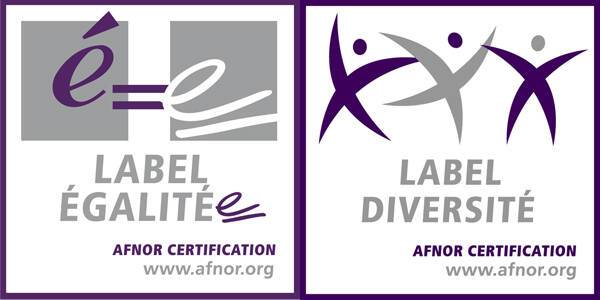ENSAPC is pleased to welcome two new teachers: Laure Limongi for the literary creation and Alejandra Riera for the transversal and documentary practices and poetics.
Laure Limongi, writer, was born in 1976 in Bastia. Her predilection for words is expressed through different gestures, different media. As an author, she has published, since 2002, a dozen books between novel, poetry and essay, such as: J’ai conjugué ce verbe pour marcher sur ton cœur (L’Attente, 2020), On ne peut pas tenir la mer entre ses mains (Grasset, 2019), Anomalie des zones profondes du cerveau (Grasset, 2015), Indociles (Léo Scheer, 2012). She gives lectures that echo the universe of her works. As a publisher, she has directed the “&” collection at Al Dante (2001-2003) and “Laureli” at Léo Scheer (2006-2012) and as such, has contributed to publish some sixty books. As a professor: before teaching at ENSAPC, she co-directed for six years the Master of Literary Creation of Le Havre (ESADHaR-University of Le Havre). Her literary work is deeply transdisciplinary, weaving links to music, performance, visual arts… but also history or sciences. If her first books show a certain meta-literary tendency, the most recent ones reinvest a form of subjectivity while exploring the rigor of investigation.
Alejandra Riera is a teacher-researcher who has been living in France since 1989. She taught cinema and documentary practices at ENSA Bourges for 11 years before joining ENSAPC. Her attempts and research bring together images and writings, film-documents and drawings, leading to the realization of a poetics of situated gestures. “Between the fields”, these gestures summon diverse knowledge questioning our ways of reading history and geography. Attentive to the capacity of the plastic arts to summon the senses and passionate about the silent and speaking world of plants writing and the worlds they open up, she has been accompanying her attempts since 2014, by thinking and doing with places, the environment, which move in a perspective that is less self-centered than in human creations and activities alone. Her work has been the subject of numerous presentations (Documenta11 in 2002, a retrospective exhibition at the Antoni Tàpies Foundation in Barcelona in 2004-2005, Documenta12 in 2007), as well as outside spaces specifically dedicated to the diffusion of artistic production. Since 2017, she is preparing “Jardin de las Mixturas” at the Reina Sofia Museum. Her attempts have mostly encouraged collective thought, gestures and writing. Among other things, since 2016, she has initiated and carried out collectively and pedagogically with students and teachers the transformation of the courtyard of honor of the Bourges Art School -parking for more than 40 years- into a garden courtyard and that of the backyard, into a place of consideration, study and respect for spontaneous plant diversity.







